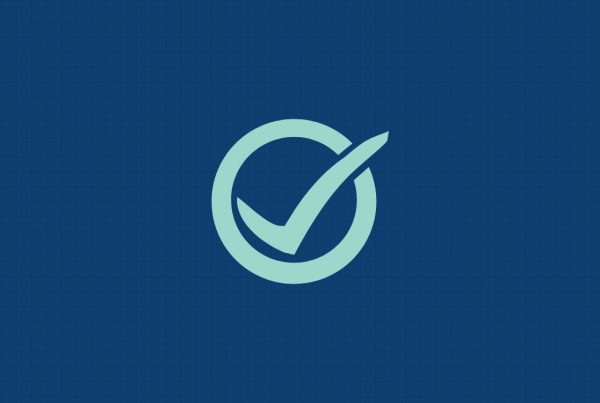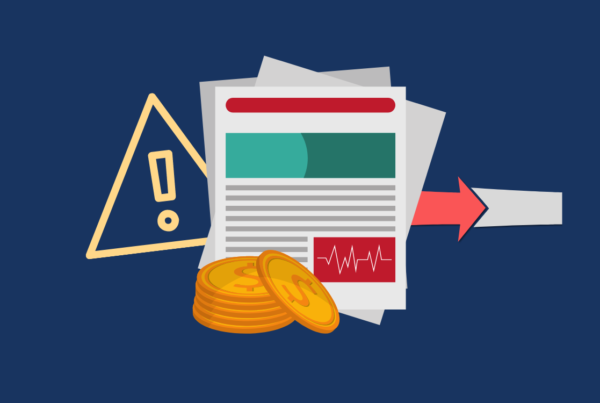When it comes to automating any aspect of compliance, how the technology itself is built has serious implications for your business. Here we explain the building blocks of Ascent’s RegulationAI™, what makes it unique in the industry, and how our approach ensures that you truly have what you need to eliminate regulatory gaps, avoid fines and ultimately be more competitive.
Not all automation is created equal
Ascent invented a new kind of technology called Regulatory Knowledge Automation in order to tackle one of the most intractable challenges in compliance: mining mountains of regulatory information to get to the insights that matter — in other words, the actual actions our customers need to take (or refrain from taking) in order to stay compliant with the law.
How the technology works is just as crucial as the output of that technology. As all those who work in compliance know, it is not only the destination that matters, but how you got there.
Thanks to rapid advances in technology in recent years, compliance personnel now have a range of digital tools to help streamline this process. However, not all tools are created equal – especially when it is your firm’s reputation and financial wellbeing on the line. Other solutions may be partially automated, but depending on how they are built may actually create more work for the end user and increased risk for the business.
So while automation can seem helpful on the surface, it is crucial to understand the basis for the algorithms and the differences between solutions so you can make the right choice for your business.
Ascent’s RegulationAI™ breaks down regulatory text line-by-line in order to pinpoint the obligations relevant to you. Conversely, other solutions rely on algorithms that act much like a search engine. Their software skims through regulatory documents in search of key phrases or specified search terms that might be related to a company’s business requirements. The result is guesswork, but scaled up – thousands of potential obligations that may or may not be relevant to you, which your team must still manually review. Manual reconciliation is required with every change in regulation, adding liability instead of reducing it.
When it comes to using automation to analyze regulatory text — a job that once could only be done by humans — how the technology works is just as crucial as the output of that technology. As all those who work in compliance know, it is not only the destination that matters, but how you got there.
The magic is in our method
To understand why Ascent’s RegulationAI™ outperforms other solutions, it is important to first understand how it works.
Ascent’s team of engineers, data scientists, and compliance officers have spent years building, training, and optimizing the algorithms that power our platform, which are built using machine learning and natural language processing technologies. Only about 35 percent of any body of regulatory text contains an actual obligation (the rest consists of definitions, clarifications, and other ancillary information) and an even smaller percentage of those obligations apply to any particular business. Our algorithms are trained to spot the difference, and immediately get to work parsing out the text into obligations and non-obligations.
The output of this process is then verified by our in-house compliance experts as part of our humans-in-the-loop process. Their insights then get fed back into the system, making the algorithms that much smarter and more accurate as time goes on.
The output of this process is then verified by our in-house compliance experts as part of our humans-in-the-loop process. Their insights then get fed back into the system, making the algorithms that much smarter and more accurate as time goes on.
Targeting obligations to you
Once the regulatory text has been decomposed and quality-assured, our RegulationAI™ has nearly everything it needs to do its magic. The last step is input from you, our customer.
In order for our RegulationAI™ to deliver the obligations that apply specifically to you, it needs to know some key information about your business; for example, what types of products or services you offer and in which regions you operate. This step takes the form of an online questionnaire. Once this questionnaire is complete, our RegulationAI™ rapidly maps regulation to your business profile, providing you with a clean, complete, and streamlined register of obligations in minutes.
The true value of granular obligations
Because of how our RegulationAI™ breaks down regulatory text, we are able to offer obligations at a granular level. This means that every obligation delivered to you is the individual requirement imposed on your business, not an entire rule or large block of regulatory text that you must further analyze. Furthermore, every obligation automatically updates as rules change and is linked to the specific rule it came from, so you have full traceability into how your obligations were derived.
How Ascent’s RegulationAI™ works is the key difference that sets our technology apart. It is the reason we can provide obligations that are precise, down to the line level of regulation. It is the reason we can map obligations to your specific business with unmatched accuracy. It is the reason why we can analyze the regulatory landscape and identify the rule changes that are relevant to you, and then connect them to your existing obligations so you are never dealing with outdated information.
Do great business while minimizing risk
With the power of RegulationAI™ at its core, Ascent provides regulatory knowledge that is tailored to your company so you can effectively reduce risk and avoid regulatory infractions that could set your business back. Unlike legacy technology implementations or traditional service engagements that might take many months and thousands of dollars, Ascent has $0 implementation fees and can be set up in days.
Great technology enables and enhances your team. With Ascent, you can shift your focus to developing a proactive, scaleable compliance strategy that makes your business more competitive — without the constant worry of accidentally missing an important update or keeping records that will stand up to regulator scrutiny.
Enjoy this article? Subscribe to receive fresh ideas on how to leverage automation for stronger, more efficient, and more cost-effective compliance.







